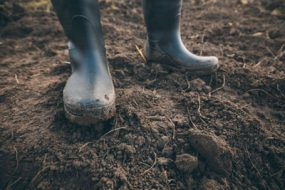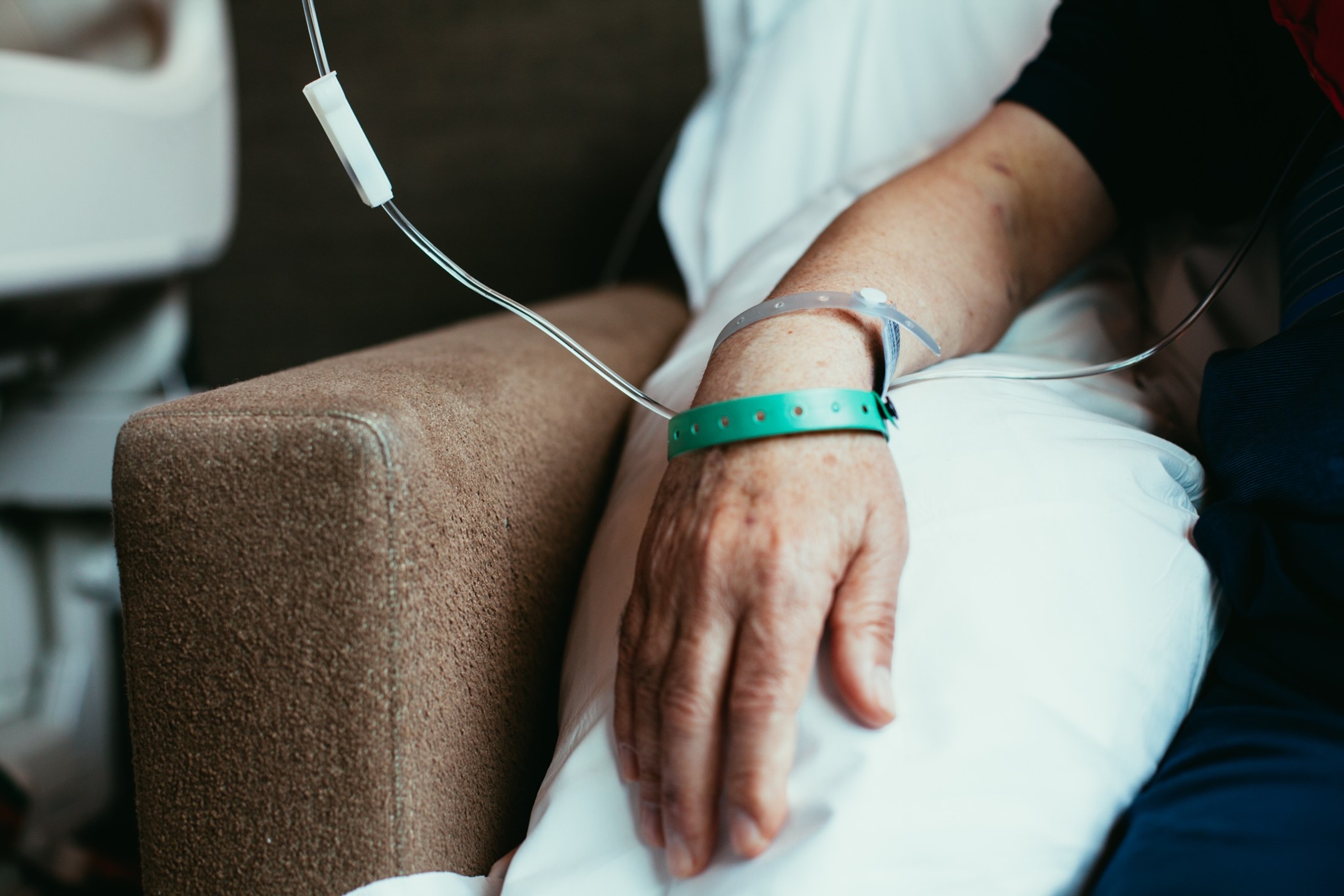Melioidosis
What is Melioidosis?
Melioidosis, also called Whitmore’s disease, is an infectious disease that can infect humans or animals. The disease is caused by the bacteria Burkholderia pseudomallei or B. pseudomallei, which is found in contaminated soil and water. It is spread to humans and animals through direct contact with the contaminated source.
Melioidosis is predominately a disease of tropical climates, especially in Southeast Asia and northern Australia where it is widespread. However, B. psuedomallei was also found in the environment along the Gulf Coast of Mississippi in the United States in 2022. CDC and state partners are investigating to determine how widespread the bacteria is within the continental United States.
-
Traveler's Health
Click here to visit CDC's webpage -
Laboratory Exposure
Click here to visit CDC's webpage -
Treatment
Click here to visit CDC's webpage -
Laboratory Specimens
Click here to visit CDC's webpage
Humans and animals are believed to acquire the infection by inhalation of contaminated dust or water droplets, ingestion of contaminated water, and ingestion of soil-contaminated food or other contact with contaminated soil, especially through skin abrasions.
It is rare that melioidosis is transmitted human to human. Other animal species that may acquire melioidosis include sheep, goats, swine, horses, cats, dogs, and cattle.

Melioidosis has a wide range of signs and symptoms. It can easily be mistaken for other diseases, such as pneumonia or tuberculosis. There are several types of melioidosis infections, each with their own set of symptoms.
About Melioidosis | Melioidosis | CDC
Localized Infection | Pulmonary Infection | Bloodstream Infection | Disseminated Infection |
Localized pain or swelling | Cough | Fever | Fever |
Fever | Chest pain | Headache | Weight loss |
Ulceration | High fever | Respiratory distress | Stomach or chest pain |
Abscess | Headache | Abdominal discomfort | Central nervous center/brain infection |
Anorexia | Disorientation | Headache | |
Joint pain | seizures | ||
Muscle or joint pain |
In 2022, the bacteria that causes melioidosis, B. pseudomallei, was discovered in the environment of the Gulf Coast region of Mississippi. This was the first time this bacterium was discovered in the United States. Modeling suggests that the environmental conditions of the Gulf Coast are conductive to its growth. Majority of the cases of melioidosis identified in the United States have occurred in travelers and immigrants coming from an infected area.

When a melioidosis infection is diagnosed, the disease can be treated with the use of appropriate medication. The type of infection and the course of treatment will impact long-term outcomes. Treatment generally starts with intravenous (within a vein) antimicrobial therapy for a minimum of 2 weeks (up to 8 weeks depending on extent of infection), followed by 3–6 months of oral antimicrobial therapy.

In areas where the disease is widespread, contact with contaminated soil or water can put people at risk for melioidosis. However, in these areas, there are things that certain groups of people can do to help minimize the risk of exposure:
- Persons with open skin wounds and those with diabetes or chronic renal disease are at increased risk for melioidosis and should avoid contact with soil and standing water.
- Those who perform agricultural work should wear boots, which can prevent infection through the feet and lower legs.
- Health care workers can use standard precautions when treating patients with melioidosis to help prevent infection.

B. pseudomallei is naturally resistant to many commonly used antibiotics, which makes melioidosis difficult to treat. One reason public health authorities study the disease is because it is possible that the bacteria that cause melioidosis might be used in a biological attack. A biological attack is the intentional release of germs that can sicken or kill people, livestock, or crops.

Page last reviewed and updated: September 2024
